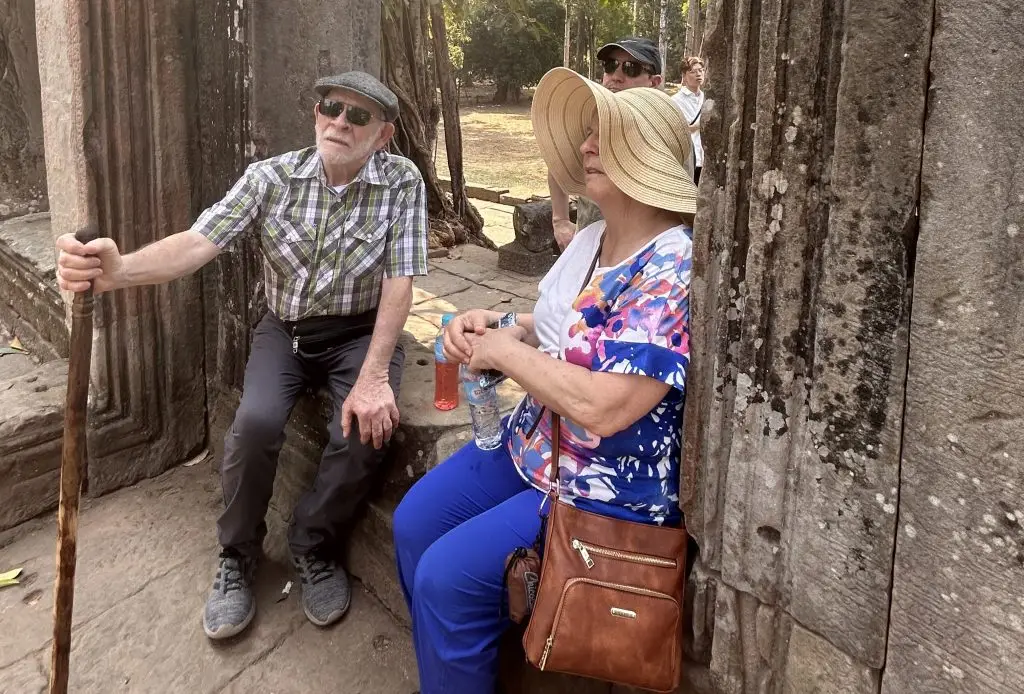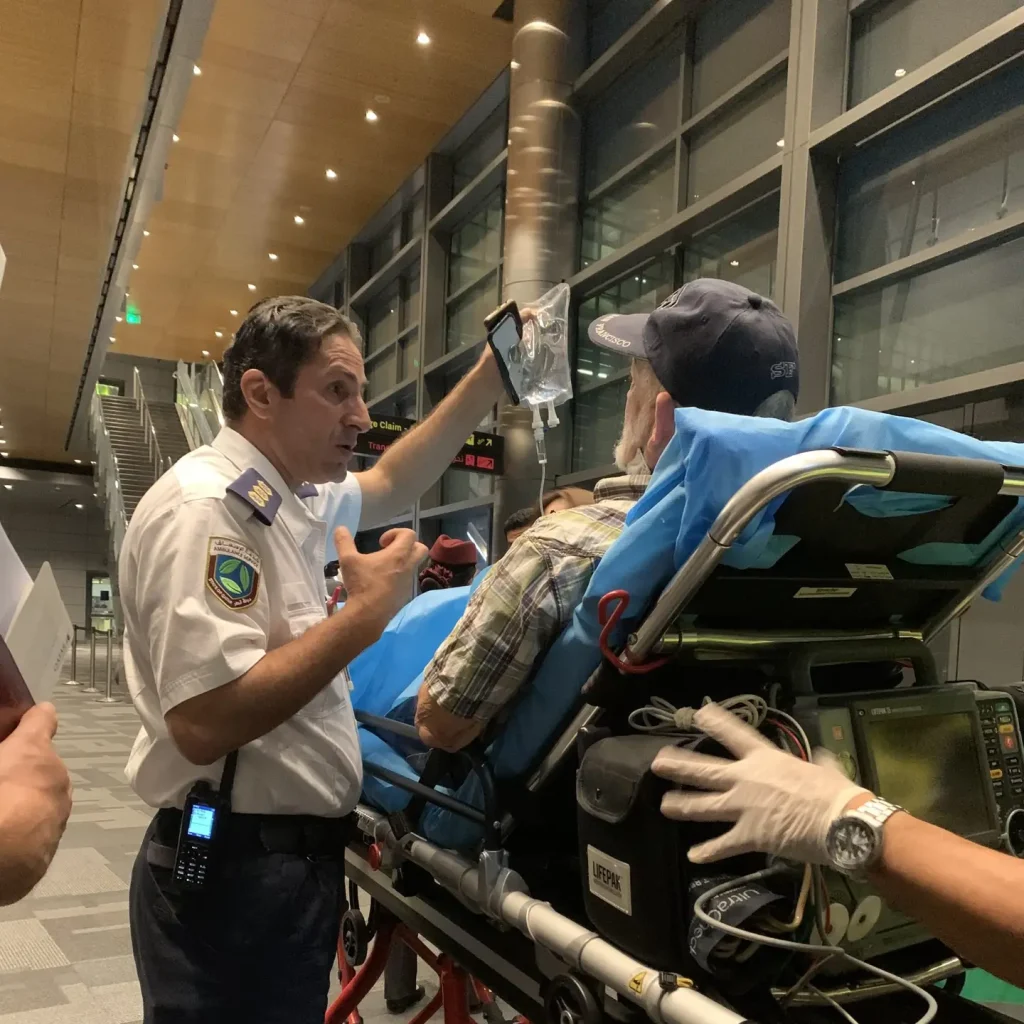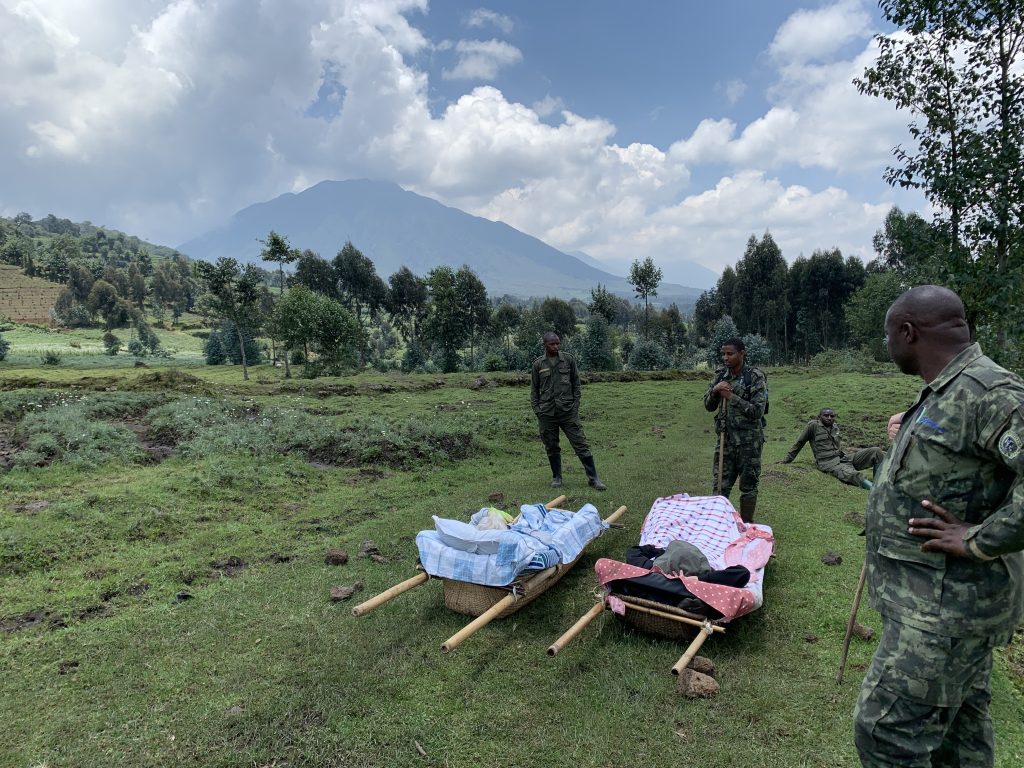Traveling with older loved ones can be an enriching experience, filled with new adventures and shared memories. However, it requires careful planning and consideration to ensure their comfort and safety. Here are the things I’ve learned over the years. This list isn’t exhaustive, but is based on my own experience from traveling with my folks over the years.
1. Planning Your Trip
Choose the Right Destination
- Climate: Consider destinations with mild weather. We’ve had a few instances on recent trips where both the heat and cold were an issue. My mom suffered terribly from the heat when we were in Cambodia and struggled to participate in some of the outdoor activities. On the other hand, my dad found the cold in Antarctica to be too extreme. To ensure we are all comfortable when we travel, we now choose destinations, and the time of year we visit them, with the temperature in mind.
- Accessibility: Opt for places that can accommodate a range of mobility needs, for example step-free access and options for sitting to avoid long periods of standing.
- Healthcare Facilities: Ensure the destination has adequate medical facilities in case of emergencies. We didn’t look into this when we went on a safari a few years back. When my dad had a health scare, twice!, we were very lucky to have top-notch healthcare within reach. Since that experience, we now do our research before we book our trips, as we may not be as lucky at other destinations.

Accommodations
- Accessibility: Look for places that have step-free access or with minimal stairs, walk-in showers, and grab bars in bathrooms.
- Location: Ensure accommodations are within easy reach of the attractions you plan to visit. When we stayed in Buenos Aires, our beautiful, traditional, and reasonably priced accommodation turned out to be less suitable than expected. We had to call Ubers for our group because the distances were to great for all members of our party to walk and our accommodation wasn’t easily reached by public transportation. As not all members of the group were comfortable using apps like Uber, it was up to me and my husband to coordinate all transportation. This taught us that in future we should prioritize proximity and access over aesthetic and cost alone.
Special Requirements
- Medical Needs: Verify access to pharmacies and hospitals. Carry extra medication and prescriptions. Additionally, you should consider bringing extra essential parts for medical equipment, such as CPAP machines. During our trip to Santiago, Chile, a piece of my mom’s CPAP machine broke. To say navigating medical supply terminology in Spanish was challenging, would be an understatement! It would have been far less stressful if we had brought backups.
- Dietary Needs: Check if the local cuisine and accommodation can cater to specific dietary requirements.
2. Packing Essentials
Clothing
- Layering: Pack layers to adjust to varying temperatures. We bring Merino wool products, like Icebreaker, as they’re lightweight and effective for keeping cool in hot weather and warm in cold weather.
- Comfortable Shoes: Ensure footwear is comfortable and supportive for walking.
Medications and Health Supplies
- Medications: Pack an adequate supply of all medications, including a few days’ extra in case of delays. We’ve also learned the hard way to keep these in carryon luggage and not pack them away in checked luggage!
- Medical Equipment: Don’t forget items like CPAP machines, portable oxygen tanks, or any other necessary medical devices. During both our safari and a river cruise on the Mekong, I had to ensure access to power outlets for my mom’s CPAP machine. Bring extra essential parts for medical devices.
Travel Documents
- ID and Health Insurance: Carry copies of IDs, health insurance cards, and medical information. Having both hard and electronic copies is crucial. When we had an unexpected health emergency that meant we needed to clear Customs in Qatar, we realised we didn’t have all the documentation required. This was during the immediate post-Covid times, so additional health requirements were still in place. My mom had a hard copy of her vaccination evidence, but Qatar required a QR code. She wasn’t sure how to access it, and given the circumstances with the health emergency, we were flustered by the stress. We ended up calling my sister in California from the airport in Qatar. She contacted the Walmart pharmacy to get a QR code sent to my mom. We could have avoided the additional anxiety and the delay exiting the airport had we also had access to electronic versions of all documentation.
- Special Assistance Documentation: Have documents ready for airport assistance and medical disclosures like pacemakers. My dad’s pacemaker means he isn’t eligible for all activities and needs special clearance at airports.

3. During the Trip
In-Transit Considerations
- Airport Assistance: Arrange for airport support to avoid long queues at customs and security. It wasn’t something my parents had ever considered previously, as they have always been extremely active people. During one particularly long queue at Heathrow Airport in London, a member of staff approached my parents, as they could see they were finding it difficult to stand for so long. They were directed to a border control agent for priority passengers and were then able to sit and rest at baggage claim. Since then, they’ve realised that they just aren’t as mobile as they used to be and these services at airports exists for this very reason. We now arrange for airport assistance whenever we travel.
- Frequent Breaks: Schedule breaks during long drives or flights to avoid discomfort and encourage movement. It’s important to get up and walk around on long flights.
- Hydration and Nutrition: Ensure regular intake of fluids and snacks to prevent dehydration and fatigue. On a safari, my dad got dehydrated quickly, and coupled with other underlying health issues, this resulted in two unplanned trips to the hospital.
At the Destination
- Temperature Control: Check the room temperature and adjust or request changes if necessary. Bring portable heating or cooling devices if needed – carry a sun umbrella to provide some protection.
- Toilet Access: Plan routes and activities with easy access to clean restrooms. If on tours, communicate with the tour guide that regular breaks are essential so they can be planned for.
- Rest Days: Include rest days to recover from more intense activities.
Activities
- Pace: Choose activities that match their energy levels and physical capabilities. We’ve found that what feels like a relaxed pace for some members of the party, feels fast-paced to others. We make sure to regularly check in with each other to ensure we travel at a pace that is comfortable for everyone.
- Rest Days: Include rest days to recover from more intense activities. We love a good, competitive card game, so often pack a deck for just such days!
- Special Needs: Consider mobility aids, like wheelchairs or walking sticks, for excursions. My dad found a great walking stick when we were visiting Singapore and it’s now a trusty companion. It provides him with extra stability and more confidence to participate in activities.

4. Health and Safety Tips
Medical Precautions
- Consult a Doctor: Get a pre-travel check-up and necessary vaccinations.
- Emergency Plan: Know the local emergency numbers and locations of nearby hospitals.
Travel Insurance
- Coverage: Ensure the travel insurance covers medical emergencies, trip cancellations, and other contingencies.
Communication
- International Calling and Data: Make sure everyone has either an international phone plan, or an eSIM (I use Airalo – see my go-to travel sites & apps), for easy communication and navigation.
- Emergency Contacts: Keep a list of emergency contacts and medical information handy. Share important contact details with other members of the party.
By taking these considerations into account and learning from personal experiences, you can ensure a safe, comfortable, and enjoyable trip for your elderly loved ones. Remember, the key is in the planning and being attentive to their specific needs. Happy travels!
